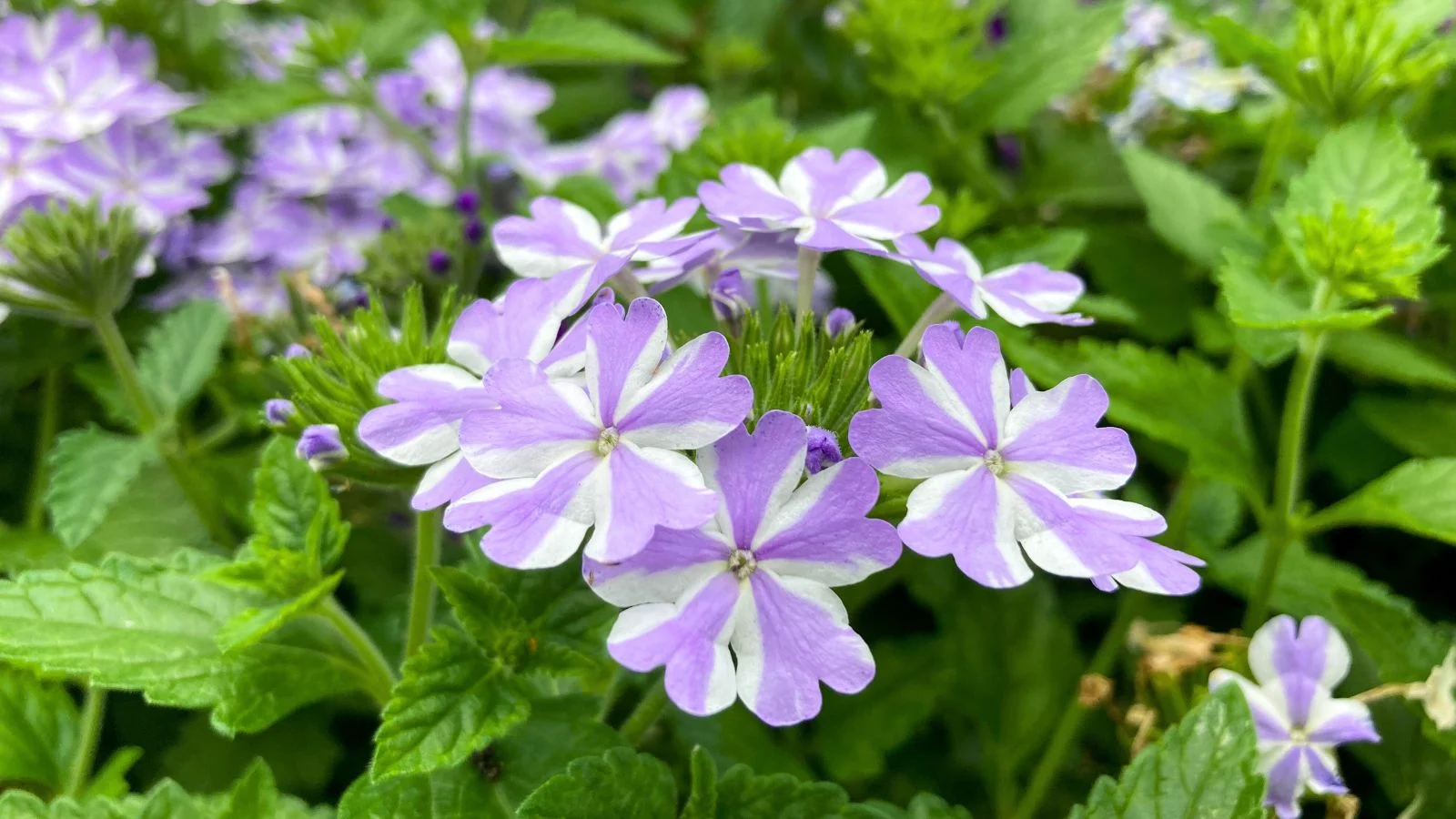Superbena is a fairly new addition to the garden scene, but it outshines many other annual bedding plants with its abundant blooms. These plants light up your yard with clusters of white, purple, red, orange, pink, and multicolored flowers. Breeders keep introducing fresh varieties every few years—each one vibrant, tough, and full of life.
These hybrids are specially bred to grow in a lush, spreading mound, packed with flowers. They fit right in among sunflowers, zinnias, and petunias. Plant them alongside other flowers or let them shine on their own—you’ll be amazed at how big they get.
No matter which type you pick, you’ll love how low-maintenance they are, with their bright, showy flower clusters. Give them a little care, and they’ll keep thriving all season long.
What Is It?
Unlike most plant varieties, Superbena comes from multiple crossbreedings between different species. This mixed heritage gives them their standout looks and garden-friendly traits.
Origin

Since Superbena was created through controlled breeding, it doesn’t have a natural homeland. Breeders carefully crossed different species, transferring pollen to create entirely new plants. After years of refining, these hybrids look nothing like their parent plants.
Though often called verbenas, they (along with other verbenas) were recently moved from the Verbena genus to Glandularia. Most hybrid verbenas trace back to these four species:
- Glandularia peruviana
- Glandularia phlogiflora
- Glandularia platensis
- Glandularia tweedieana
Superbena is a trademark of Proven Winners, so they control which varieties hit the market. New types pop up regularly, while older ones fade out—if you spot a favorite, grab it fast! It might not stick around.
Characteristics
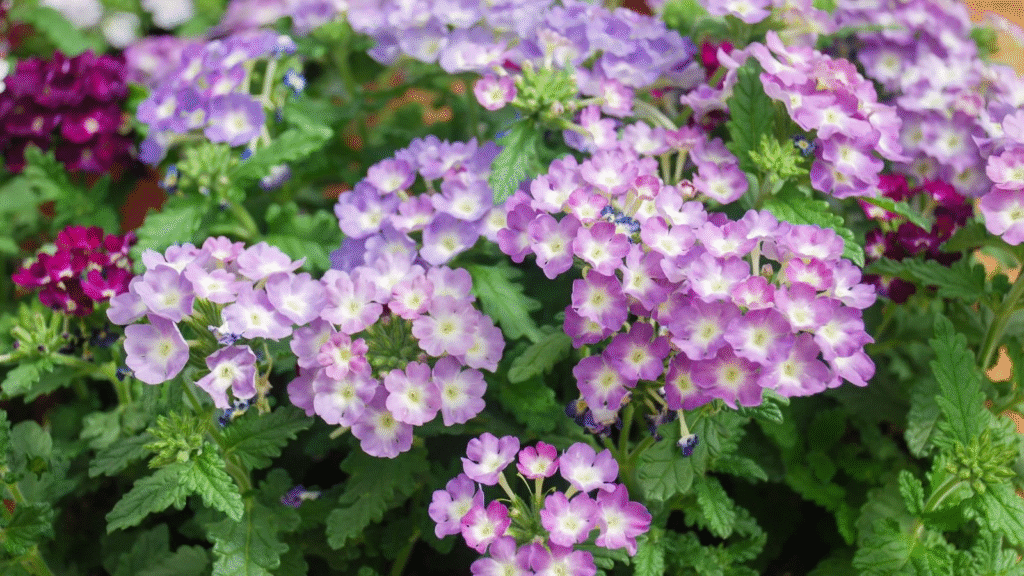
These verbenas grow in two ways: mounding up or trailing out. They can spread like ground cover or spill beautifully from containers and raised beds. Their flexible growth makes them perfect for any garden spot—open, elevated, or tight.
The leaves are toothed and bright green, much like catnip, setting off the stunning flowers. Stems stay under a foot tall, but in hanging baskets, they can stretch up to two feet, lined with blooms.
Most gardeners treat them as annuals, but they’re actually perennials in zones 8–11. When frost hits, they’ll die back, only to return in warmer weather.
Planting
You won’t find Superbena® seeds—they’re sold as young plants (called “plugs”) to nurseries, which grow them into the ones you see at garden centers. Look for the classic Proven Winners® white pots when shopping.
Transplanting
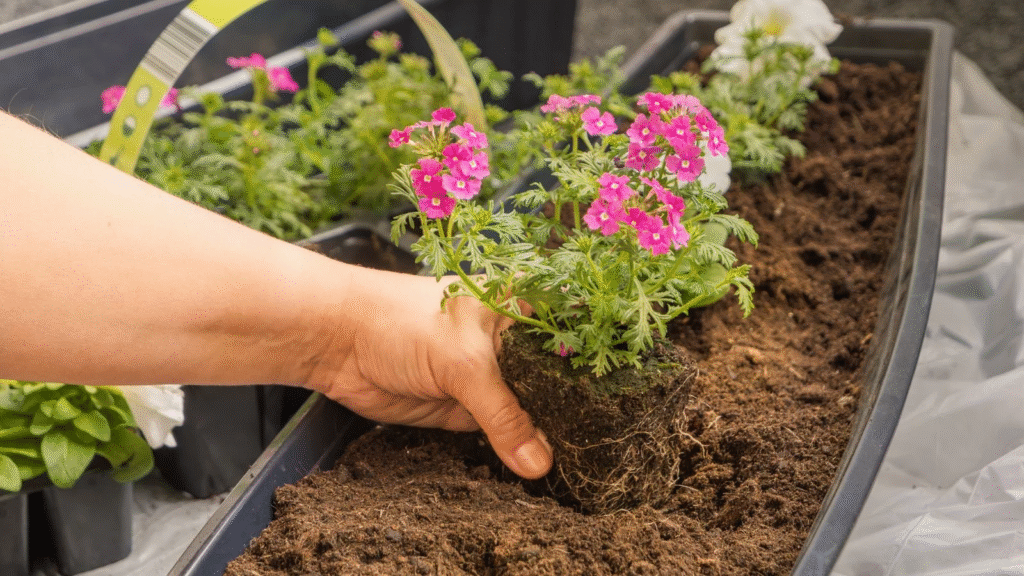
Pick a sunny spot (at least 4+ hours of direct light) with good airflow. Beds, borders, or meadow-style plantings all work great.
They love loamy soil but adapt to heavier or sandy types. Dig holes as deep as the rootball and twice as wide, pop the plants in, cover with soil, and water well.
After planting, add a 2–3-inch layer of compost—it feeds the plants and protects them all season.
Container Growing
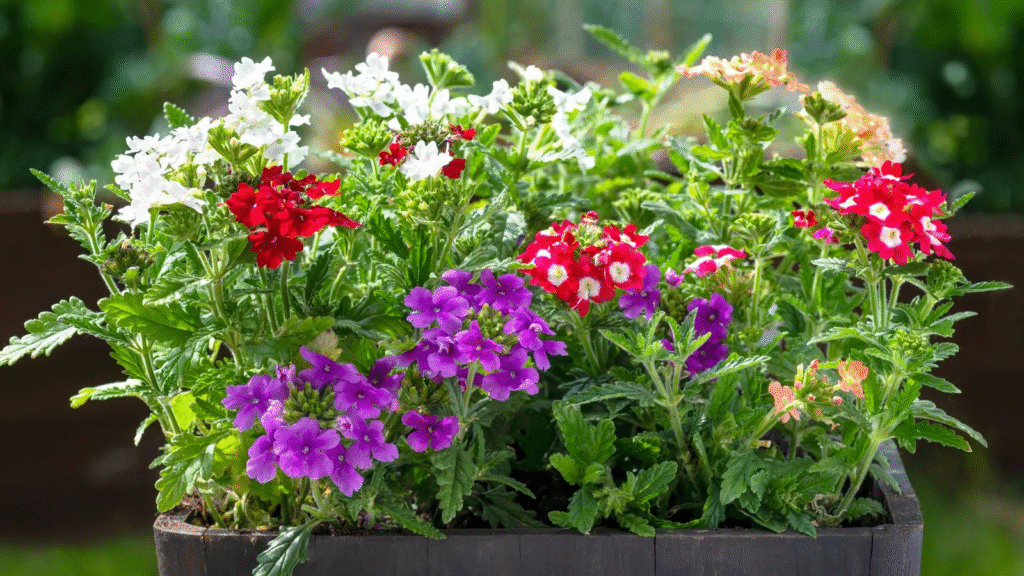
Perfect for pots and hanging baskets, these verbenas trail beautifully. Just avoid tiny containers—they need room to stretch their roots.
Use a well-draining potting mix, fill the container partway, place the plant, then add more soil and tap it down. Water thoroughly before setting it in its sunny spot.
How to Grow
Hardier than most summer annuals, Superbena® handles drought, heat, and tough conditions like a champ. With a little TLC, they’ll flourish all season.
Light
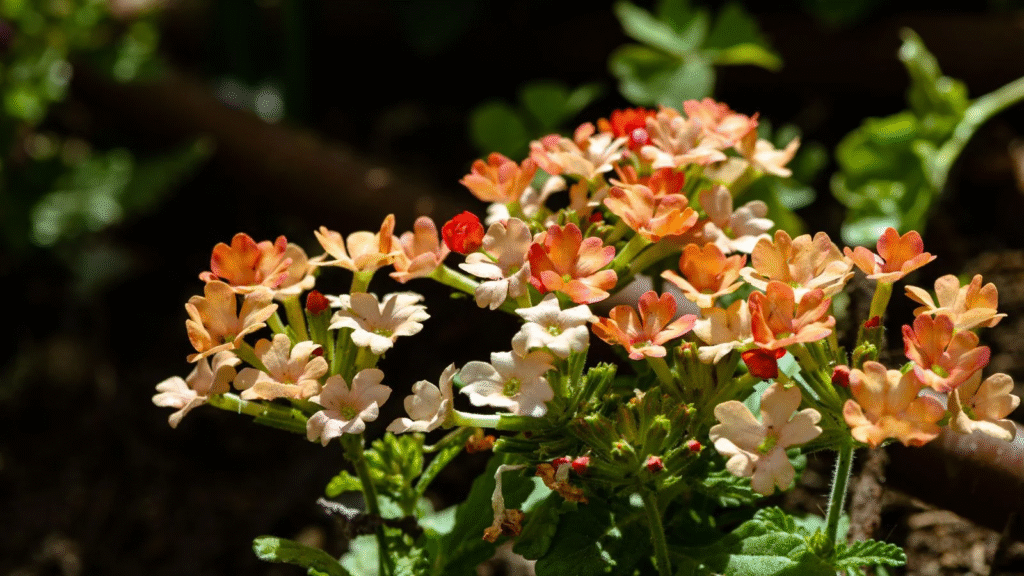
Full sun to partial shade (4+ hours of direct sun daily) is ideal. More sun = more flowers. If they get leggy or stop blooming, they need more light.
Water

Keep the soil moist but not soggy. Check by sticking a finger in—if it’s dry an inch down, water deeply.
Soil
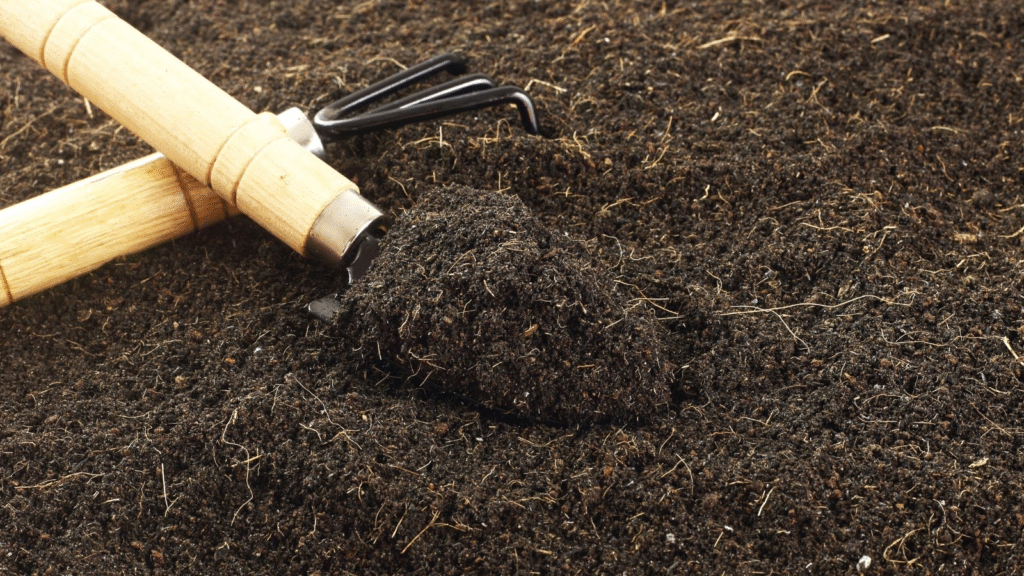
Fertile, well-drained loam is best, but they adapt. Poor soil? Mix in compost to boost nutrients and drainage.
Fertilizing

They’re light feeders—one or two doses of organic fertilizer per season is plenty. Compost works great too—just spread a layer in spring (and fall in mild climates).
Maintenance
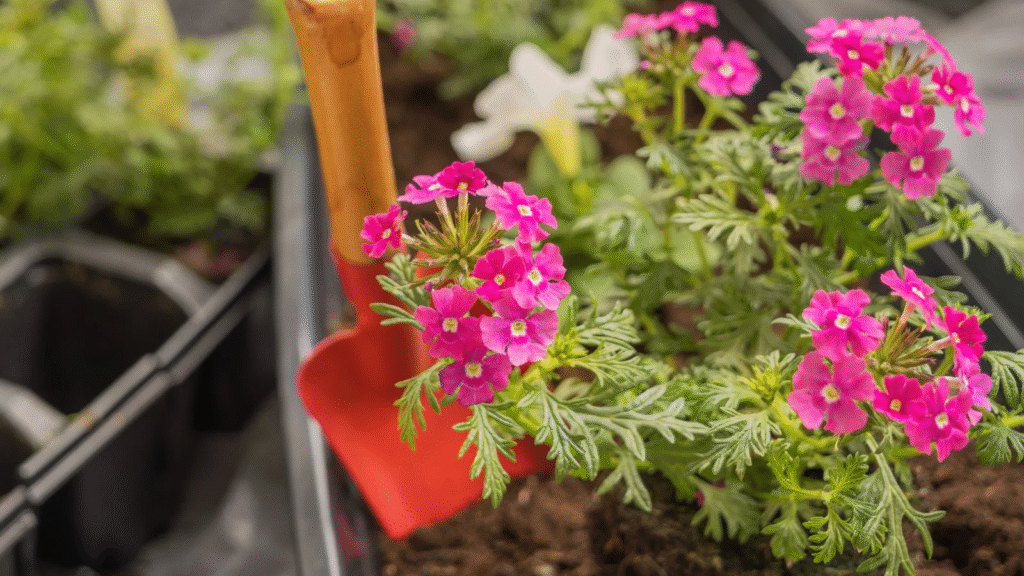
No deadheading needed! If they get leggy, a midseason trim encourages bushiness (but expect fewer blooms for a few weeks).
Frost kills them, but you can overwinter cuttings indoors or dig up plants to save for next year.
Propagation
Since they rarely self-seed, cuttings or division are the way to go. (Note: Propagation is fine for personal use, but selling requires a license.)
Cuttings
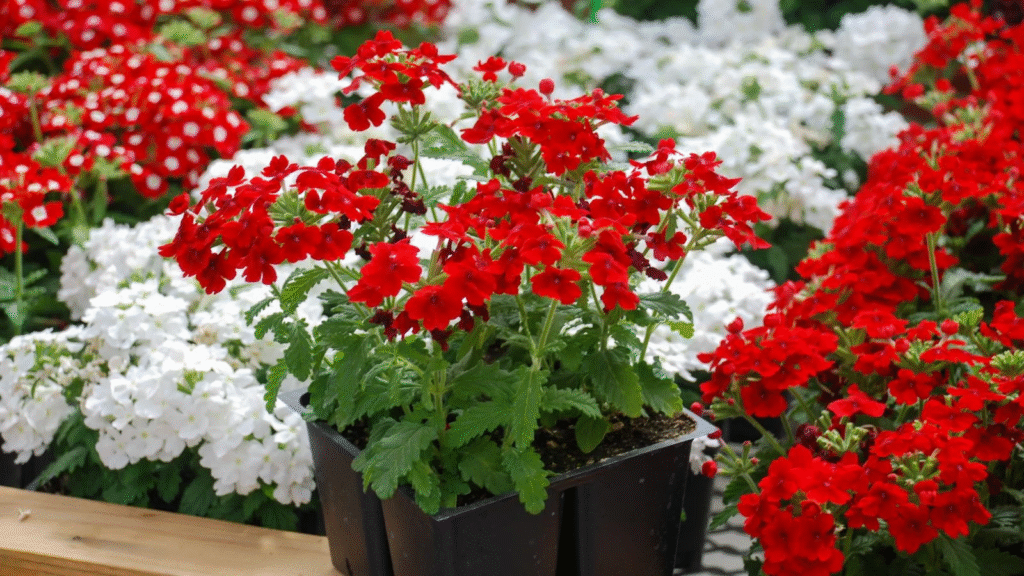
Take 6-inch cuttings, strip the lower leaves, and plant in moist soil. Keep them humid (a plastic dome helps) and shaded until roots form. Not all will survive, so take extras.
Division
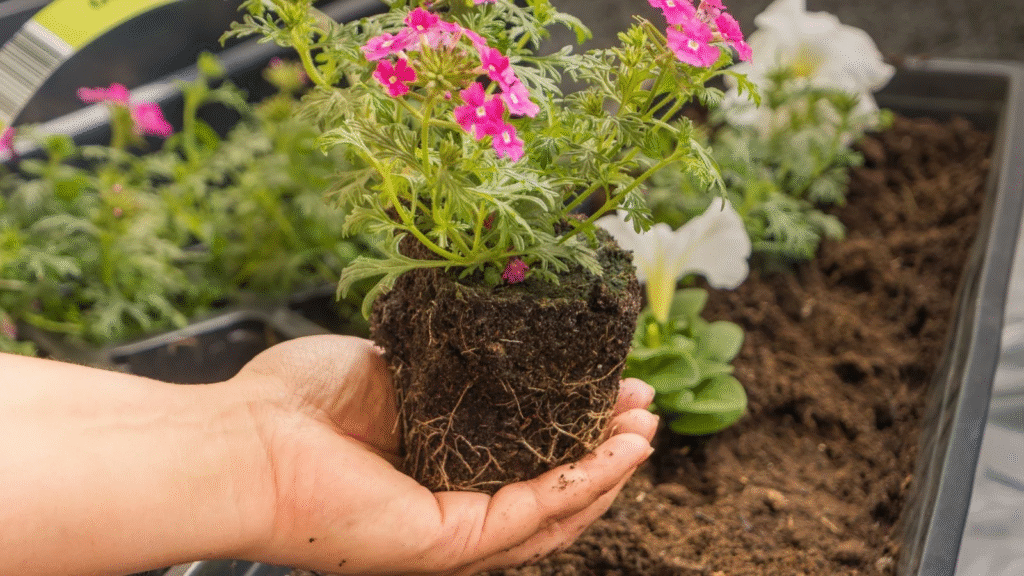
For mature clumps, dig them up and split into sections (each with roots and stems). Replant, water, and mulch with compost.
Popular Varieties
Pick your favorite color—or mix them for a bold display.
- ‘Violet Ice’ – Soft lilac-purple blooms (sometimes reverts to white or striped).
- ‘Pink Shades’ – Delicate pink with a hint of magenta.
- ‘Cherryburst’ – Peppermint-striped red and white flowers (may also revert).
Common Problems
Pests and diseases are rare, but keep an eye out for:
- Aphids – Blast them off with water.
- Powdery mildew – Prevent with good airflow and sun.
- Root rot – Avoid soggy soil; compost improves drainage.
Catch issues early, and your Superbena will stay healthy and vibrant!

